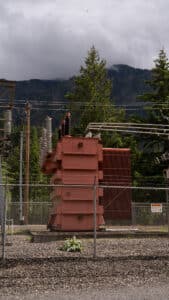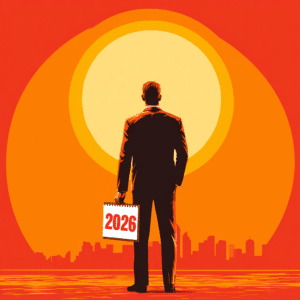As Bitcoin matures, the world is learning that its decentralization isn’t just a buzzword—it’s a foundational property. The recent controversy in Bitcoin Core surrounding pull request #32359 (removal of standard limits on OP_RETURN data) offers a timely opportunity to examine how Bitcoin upgrades happen, and more importantly, who decides what Bitcoin is.
Let’s break it down, not just as a technical debate, but as a living example of Bitcoin’s unique governance model—one that places power in the hands of node operators and fosters a carefully balanced consensus system.
The OP_RETURN Controversy: A Brief Overview
A recent proposal (PR #32359) suggests removing the 83-byte limit on OP_RETURN outputs and related configuration options. OP_RETURN is a mechanism used in Bitcoin transactions to include small amounts of data that are provably unspendable. Historically, it has been used for metadata, timestamps, or generally arbitrary data.
What the Proposal Would Change:
- Remove the size limit on OP_RETURN data.
- Eliminate the configuration option -datacarriersize from Bitcoin Core.
Supporters Say:
- The current limits are ineffective and easily bypassed by methods like inscriptions or miner relay services.
- Removing the limits reduces pressure on the UTXO set by encouraging use of OP_RETURN over more harmful hacks.
- Simplifies code, reduces maintenance, and aligns with how miners already operate.
Opponents Say:
- Removing user configurability reduces node operator autonomy.
- It opens doors for abuse (e.g., illegal data forced onto nodes).
- It contradicts Bitcoin’s monetary mission by shifting toward a generic data storage layer.
- Miners should comply with the habits of nodes, and not the other way around
While the debate is heated, the more important takeaway is this:
No One Can Force Changes on Bitcoin
Unlike traditional software systems or centralized cryptocurrencies, Bitcoin does not have a singular authority. Even if changes are merged into Bitcoin Core—the most widely used implementation of the Bitcoin protocol—they are not automatically adopted. Why?
Because the true power lies with those who run nodes.
What Is a Bitcoin Node?
A full node is a computer running Bitcoin software that verifies transactions and blocks according to a specific rule set. These rules include:
- What transactions are valid.
- What constitutes a valid block.
- What kind of data is allowed (like the OP_RETURN size).
Bitcoin’s Governance Model: A Checks-and-Balances System
Bitcoin’s consensus model is not top-down; it is distributed and adversarial. This creates a balance of power among three key stakeholders:
1. Node Implementation Developers
They write and propose changes to the Bitcoin software, but they cannot enforce those changes. Developers can only suggest code that node operators must choose to run.
2. Node Operators
Node runners are the final gatekeepers. They decide whether to upgrade their software. If they reject changes, those changes have no effect on their node.
3. Miners
Miners propose new blocks, but only blocks accepted by nodes become part of the chain. Even the largest mining pool cannot force blocks onto the network that do not follow consensus.
This triadic relationship ensures that no single group controls Bitcoin. Decisions emerge from widespread agreement, not imposition.
Your Node, Your Rules: The Power of Refusal
Let’s say the OP_RETURN changes are merged into Bitcoin Core. What happens next?
Nothing—unless you choose to upgrade your node.
If you disagree with the change, you can:
- Continue running your current node version.
- Switch to an alternative like Bitcoin Knots, which retains stricter policies.
- Modify and compile your own node software.
The Bitcoin network is composed of thousands of independently operated nodes. A change only takes effect if enough node operators opt in. If a proposal is unpopular, it dies in stagnation.
In this way, Bitcoin behaves like a voluntary democracy. Each node runner has a vote, not through ballots, but through the software they choose to run.
Conclusion: Bitcoin Is Governed by You
The OP_RETURN debate is a healthy reminder that Bitcoin is not a company, not a product, and not controlled by developers. It is a decentralized system whose direction is determined by its users—especially node operators.
Running a node isn’t just for tech experts. It is the clearest way to participate in Bitcoin’s ongoing social contract. You choose what kind of Bitcoin you want to exist.
At Abundant Mines, we encourage all our clients to consider running their own node or, at the very least, to understand the power that nodes have. It is the nodes, not the miners, that ultimately decide the network’s ruleset.
Learn More:
- Run a Bitcoin Node – Bitcoin.org
- Bitcoin Knots Alternative Client
- Mailing List Discussion on PR #32359
Learn more at abundantmines.com or book a call now.
Disclaimer: The information provided in this blog is for informational and educational purposes only and should not be construed as financial advice. Please consult with a financial advisor or conduct your own research before making any financial decisions.



